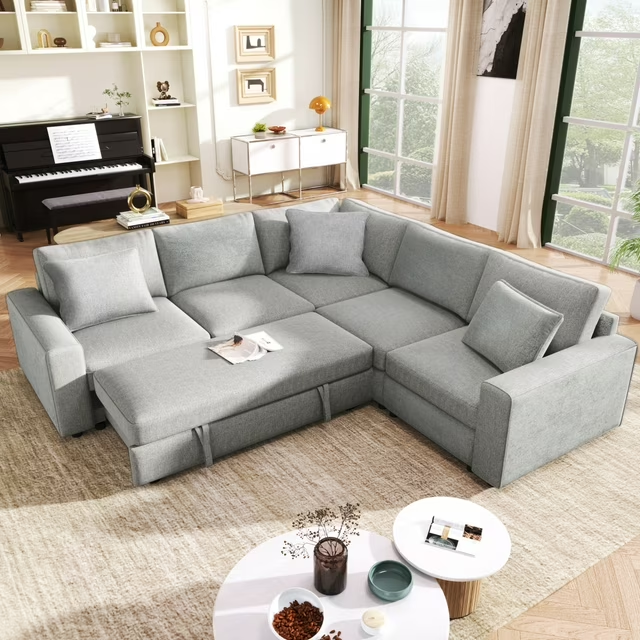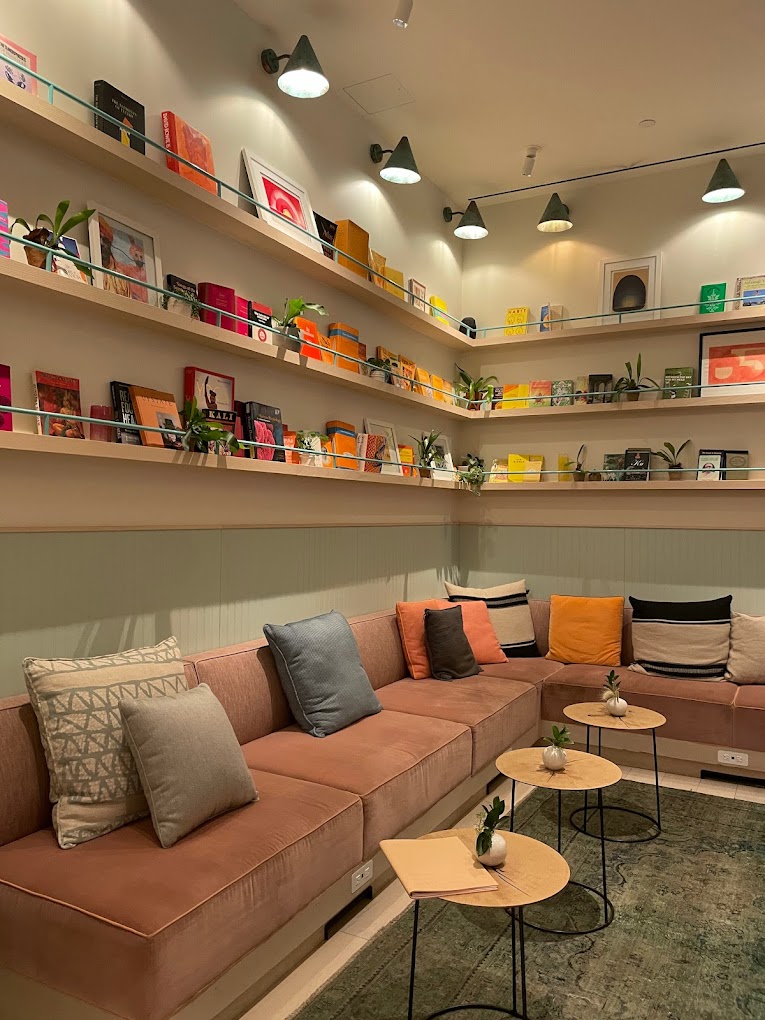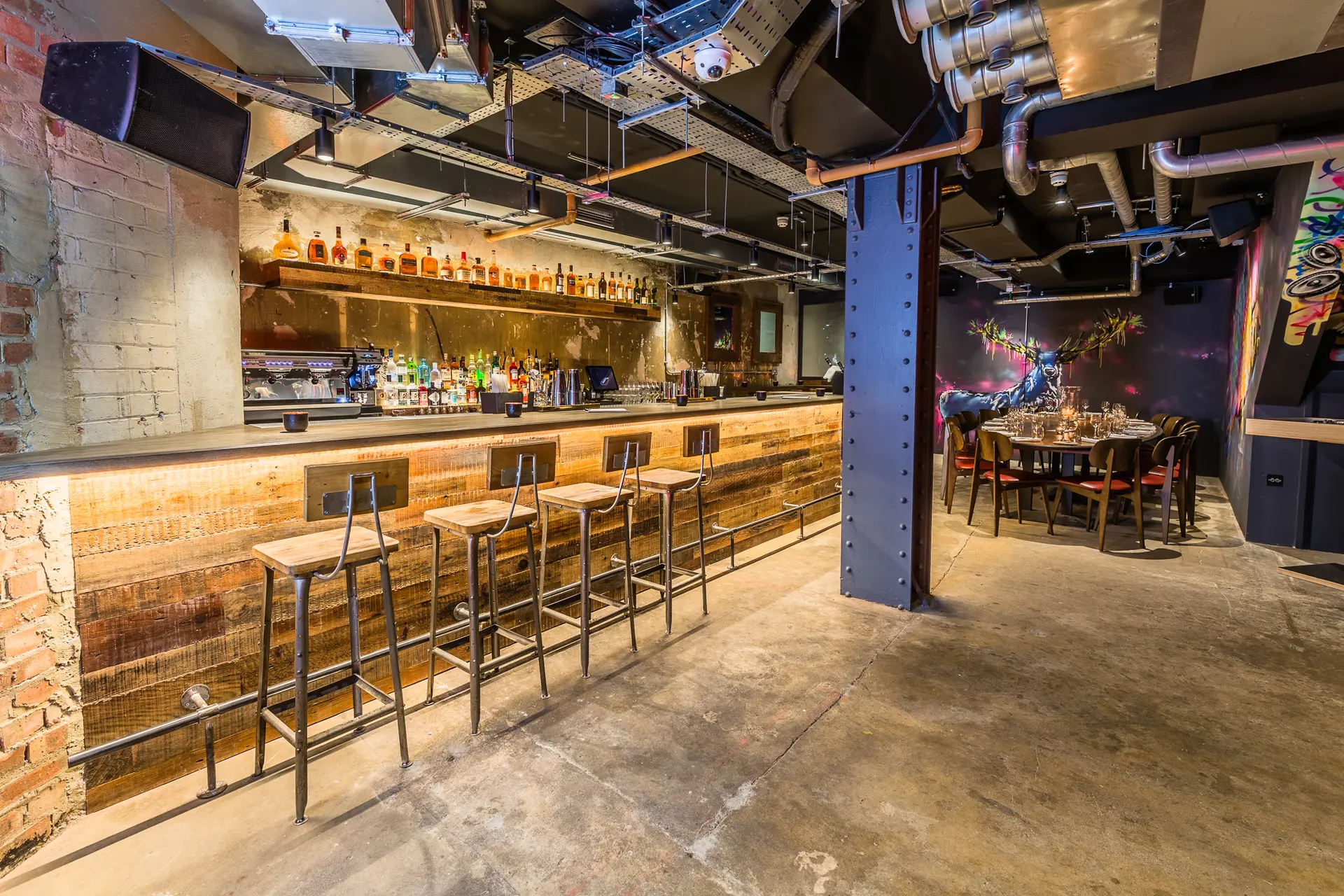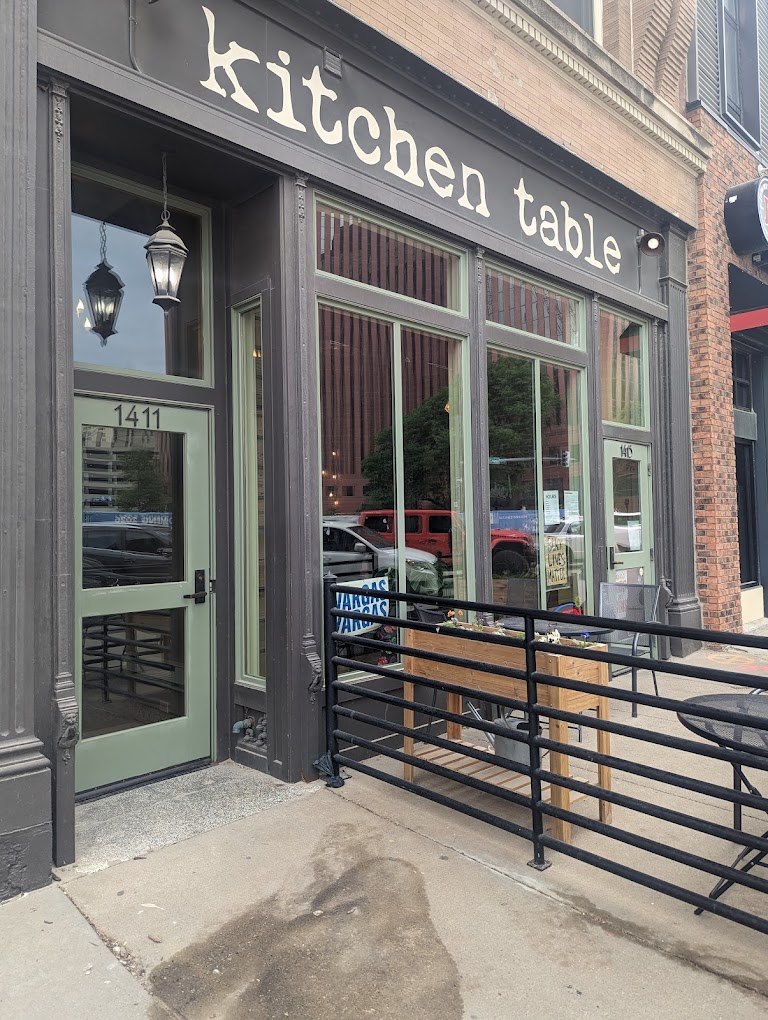Granite is a popular material for kitchen countertops, but how suitable is it for dining tables? Granite has some advantages that make it a viable dining table option, but there are also some downsides to consider.

Durability of Granite
Granite is an extremely hard, durable natural stone that can withstand years of wear and tear as a dining table.
- Scratch resistant – Granite is very difficult to scratch, scuff or dent compared to materials like wood. It holds up to sharp tableware and abrasive cleaners.
- Stain resistant – The dense nonporous structure helps granite resist stains from spills like wine, oil, and food. Most liquids bead up rather than absorbing.
- Heat-resistant – Granite can tolerate briefly placed hot pans and dishes straight from the oven. The stone itself does not burn or scorch.
- Long-lasting – Granite’s durability keeps it looking pristine despite heavy usage. It does not show signs of wear over time like some table materials.
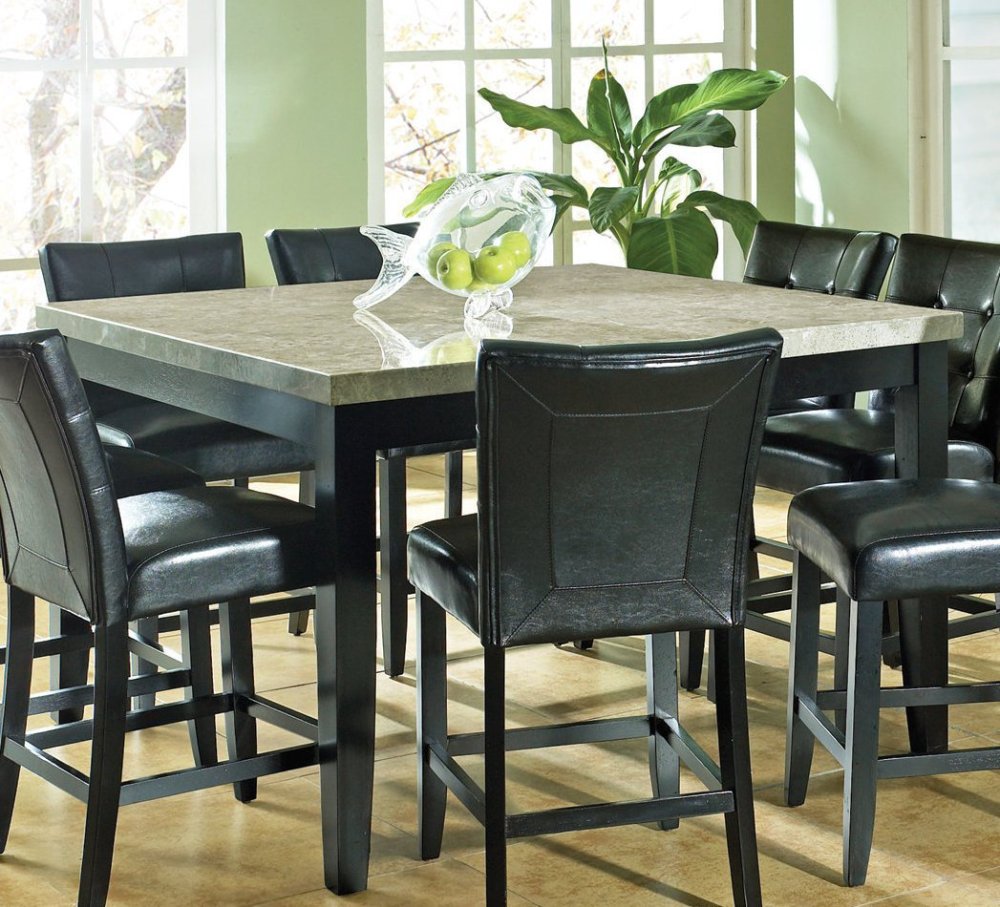
Appearance of Granite
Granite makes a statement with its rich colors, dramatic patterns, and glossy polished finish:
- Luxurious aesthetic – Granite conveys high-end luxury, perfect for formal dining settings. The natural stone and veining create visual interest.
- Wide range of colors – Granite comes in diverse colors like black, brown, red, white, green. This allows matching dining decor.
- Glossy shine – When polished, granite reflects light beautifully. Filled pores create a smooth gleaming tabletop surface.
- Timeless material – Granite’s classic, elegant look stays visually appealing for generations rather than trending out of style.

Downsides of Granite Dining Tables
Despite the advantages, there are some potential negatives with granite:
- Weight – Granite is extremely heavy, making the tables challenging to move and install.
- Can stain – While resistant, oil and liquids can still stain granite if left for prolonged periods. Resealing is required.
- High cost – Due to mining, fabrication, and transportation, granite dining tables are more expensive than many other table materials.
- Limited sizes – Granite’s weight limits table size and overhang length. Giant tables may not be feasible.
- Prone to chipping – Granite’s hardness makes the stone brittle and prone to chipping on the edges if impacted. Chips are difficult to repair.
- Cold to the touch – Granite does not absorb or retain heat. Extended contact with skin can feel uncomfortably cold.
Overall, granite makes a superb choice for dining tables in terms of appearance and extreme durability, if you can accommodate the high price and heavy weight. Handle and maintain it properly to capitalize on granite’s advantages.
Assessing Your Needs for a Granite Dining Table
Before investing in a granite dining table, assess if it fits your needs in these key areas:
Durability Requirements
- Do you have small children whose messes and accidents necessitate a nearly indestructible table surface?
- Does your household have heavy usage that would scratch or damage a more delicate material?
- Are you seeking a generational table that can withstand decades of wear without replacement?
Space and Moving Logistics
- Do you have ample strong helpers and equipment to transport the extremely heavy table?
- Can doorways, hallways, stairs and elevators accommodate moving the table?
- Does your flooring have sufficient structural support for a granite table’s immense weight?
Style Goals
- Do you want a showstopping, bold statement table as your dining centerpiece?
- Does your decor style lean modern, transitional, or traditional to pair with granite’s aesthetics?
- Are you able to incorporate colors and finishes that complement granite’s natural pattern?
Maintenance Realities
- Are you prepared to promptly clean spills to prevent potential staining?
- Can you commit to annual resealing to maintain granite’s protective barrier?
- Do you have access to professional honing if chips or etch marks ever need repair?
Carefully weighing these factors allows determining if a granite dining table aligns with your lifestyle, space, and decor for the long haul.
Pros and Cons of Major Granite Table Styles
Granite dining tables come in distinct styles, each with unique advantages depending on your needs:
Granite Slab Tables
Pros
- Seamless one-piece tabletop surface.
- Maximizes granite pattern visibility.
- Can customize size.
Cons
- Extremely heavy requiring extensive support.
- Limited size and overhang options due to weight.
- Higher cost for large slab.
Granite Tile Tables
Pros
- More affordable since uses smaller granite pieces.
- Easier to transport and install.
- Can still make large tables.
Cons
- Seams between tiles must be properly sealed.
- Pattern and color consistency harder to maintain.
- Grout requires maintenance.
Granite Mosaic Tables
Pros
- Lightweight and easy to move.
- Softer surface than polished granite.
- Intricate artistic patterns.
Cons
- Small uneven tiles prone to chipping over time.
- Gaps need continuous sealing.
- Less durable surface than polished granite.
Stone Accent Tables
Pros
- Less expensive since granite is only an accent.
- Can combine beauty of granite with other materials.
- Lighter weight construction.
Cons
- Less granite visible.
- Granite accents still add weight.
- Needs two materials cared for.
Evaluating the pros and cons helps narrow which granite table style best suits your space, lifestyle and budget long-term.
Caring for a Granite Dining Table
To help your granite dining table look its best while maximizing longevity, implement proper care:
Frequent Cleaning
- Quickly clean spills using soft cloth and mild soap and water to prevent staining.
- Disinfect table periodically with granite-safe cleaners to deter bacteria.
- Avoid abrasive pads and powders that can dull the polished finish.
Resealing Granite
- Reseal granite every 1-2 years using a penetrating sealer to refresh water repellency.
- Ensure all surfaces including edges and undersides are sealed.
- Avoid silicone-based sealers which cause excessive slickness and fragility over time.
Heat Protection
- Use trivets and pads under hot dishes to prevent thermal shock cracks.
- Don’t put hot pans, electric skillets, roasting pans directly on the granite.
- Limit heat exposure duration even if using trivets.
Coast and Edge Protection
- Apply silicone adhesive bumpers to table edges and corners to cushion impacts.
- Take care not to drag objects across the table causing nicks and scratches.
- Lift items rather than sliding to be gentler on the surface.
Protect Table Base
- Ensure table base and joinery remains sturdy and intact, reinforcing as needed.
- Check for detached base components that could compromise granite’s support.
- Keep base parts away from moisture that can cause swelling and deterioration.
With regular care, your granite dining table can offer decades of timeless functionality and sturdy support meal after meal.
Alternatives to Granite for Dining Tables
While a gorgeous, durable option, granite is not for everyone. Some popular alternative table materials include:
Wood
- Warm, inviting visual appeal.
- Range of stain colors to suit decor.
- Softer, warmer feel than stone.
- Can repair minor dents/scratches.
- Cons: Prone to scratches, water damage, heat damage. Requires refinishing.
Marble
- Elegant veined white or colored stone.
- Less patterned than granite.
- Etches more easily than granite.
- Cons: Etching, staining, chipping potential. High maintenance.
Quartz
- Mimics look of natural stone.
- Resists staining better than granite.
- Non-porous so minimal sealing needed.
- Cons: Manmade material. Lacks depth of real stone.
Wood Composite
- Affordable, durable alternative to real wood.
- Easy to clean, heat/scratch resistant.
- Cons: Prone to surface nicks over time. Lacks elegance of stone.
Laminate
- Most budget-friendly option.
- Easy maintenance. Kid and mess friendly.
- Huge range of patterns and colors.
- Cons: Prone to chipping at edges revealing substrate.
While it comes at a price, for unmatched durability and timeless elegance, granite remains hard to beat as a dining table material. Weigh the options to find your ideal fit.





